Adding trace elements to prevent fungal diseases
strawchicago z5
9 years ago
Featured Answer
Sort by:Oldest
Comments (13)
jim1961 / Central Pennsylvania / Zone 6
9 years agolast modified: 9 years agostrawchicago z5
9 years agolast modified: 9 years agoRelated Professionals
Manorville Landscape Architects & Landscape Designers · Mitchellville Landscape Architects & Landscape Designers · Mountain Brook Landscape Architects & Landscape Designers · Fairhope Landscape Contractors · Hurricane Landscape Contractors · Kaneohe Landscape Contractors · Lehigh Acres Landscape Contractors · Norwalk Landscape Contractors · Paterson Landscape Contractors · Secaucus Landscape Contractors · Streamwood Landscape Contractors · Sugar Hill Landscape Contractors · The Woodlands Landscape Contractors · Tigard Landscape Contractors · West Palm Beach Landscape Contractorsstrawchicago z5
9 years agolast modified: 9 years agostrawchicago z5
9 years agolast modified: 9 years agostrawchicago z5
9 years agolast modified: 9 years agojim1961 / Central Pennsylvania / Zone 6
9 years agolast modified: 9 years agojim1961 / Central Pennsylvania / Zone 6
9 years agolast modified: 9 years agojim1961 / Central Pennsylvania / Zone 6
9 years agolast modified: 9 years agostrawchicago z5
9 years agolast modified: 9 years agojim1961 / Central Pennsylvania / Zone 6
9 years agolast modified: 9 years agojim1961 / Central Pennsylvania / Zone 6
9 years agolast modified: 9 years agostrawchicago z5
9 years agolast modified: 9 years ago
Related Stories

GARDENING GUIDESTree Care: Common Tree Diseases and What to Do About Them
Learn to recognize trees that may be affected by diseases or pests so you can quickly take action
Full Story
CAPE COD DESIGNAmerican Architecture: The Elements of Cape Cod Style
This simple architecture style was born in New England but has stood the test of time around the United States
Full Story
MONTHLY HOME CHECKLISTSYour Fall Home Maintenance Checklist
Prep your house and yard for cold weather with this list of things to do in an hour or over a weekend
Full Story
KITCHEN DESIGN10 Ways to Design a Kitchen for Aging in Place
Design choices that prevent stooping, reaching and falling help keep the space safe and accessible as you get older
Full Story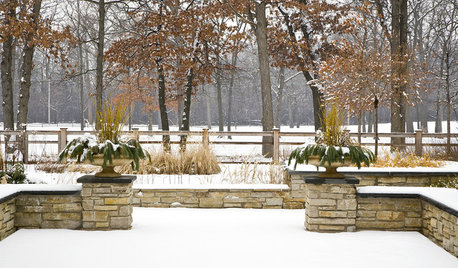
CONTAINER GARDENS5 Important Winter Tasks to Keep Container Gardens in Shape
Prevent cracked pots, blight spread and withered plants come spring by focusing on this essential maintenance now
Full Story
GARDENING GUIDESHow to Install a Drip Irrigation System
Save time and water with a drip watering system in your vegetable garden — a little patience now will pay off later
Full Story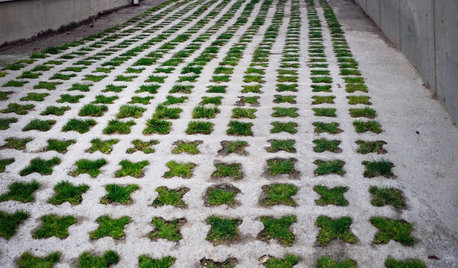
EARTH DAYHow to Build a Greener Driveway
Install a permeable driveway to keep pollutants out of water sources and groundwater levels balanced
Full Story
GARDENING GUIDESWhat Kind of Roses Should You Grow?
Want to add the beauty of roses to your garden? Find out which ones, from old-fashioned to modern, are right for you
Full Story
GARDENING FOR BUTTERFLIESGardening for the Bees, and Why It’s a Good Thing
When you discover how hard bees work for our food supply, you may never garden without them in mind again
Full Story
ARCHITECTUREWant to Live by the Water? What You Need to Know
Waterside homes can have amazing charm, but you'll have to weather design restrictions, codes and surveys
Full Story





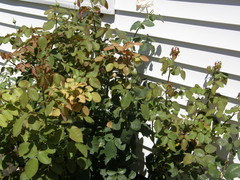
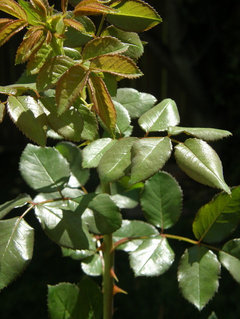

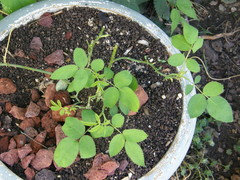
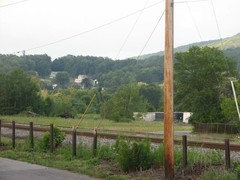
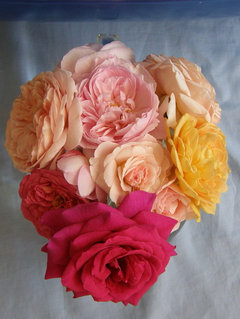



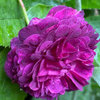
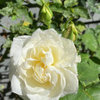
strawchicago z5Original Author